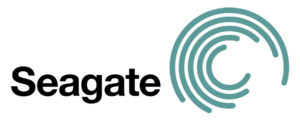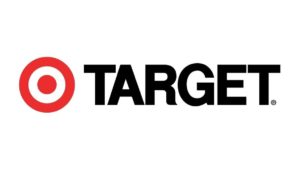Program Management Office
Maryrose was instrumental in the establishment of development standards and the enforcement strategy for these standards as IEF expert/consultant for the Development Technologies group at Target. This job was significant as it required developing those standards with the sponsorship of executives, the stakeholders who advocated the use of this 4th generation language for expediency of solution development. (It is known that using standards, though benefitting the organization in terms or reuse and maintainability has its cost in terms of rigor and extra work.)
As IEF expert/consultant, Maryrose designed Target’s first enterprise model management strategy. She also designed their application source production promotion process and integrated the promotion of source for a single application onto multiple platforms. She managed the customization of the toolset to enforce shop standards. Because of her knowledge and expertise, she mentored many of the development teams to proper use of the process and to optimally leverage tool functionality.
Because of her involvement in the IEF infrastructure, she was part of major initiatives at Target like the Common initiative (to integrate Target’s three operating companies into a single infrastructure set in the late 90’s), and the Y2K skeleton transition team (that provided support to IEF for Y2K transition).
Maryrose carried her enterprise mindset to her future jobs and campaigned for advocating good corporate citizenship at Seagate by submitting to PMO standards for data governance. She collaborated with the data governance group in helping them refine enforcement of their master data management strategy when this functionality was integral to the completion of one of her programs.
Following are more detail on some of the other PMO-type efforts Maryrose has undertaken.

OFFSHORE DEVELOPMENT STANDARDS
When Maryrose joined Seagate, they were using offshore development provided by Wipro Technologies to control development costs. They had not enjoyed success in doing this. Among the complaints heard were communication issues, quality of the deliverable and timeliness of remediating issues related to development.
Maryrose assessed the situation and identified the problem as a deficiency in the handover procedures between the local resources and the offshore team. She recognized that the change to this process would be a culture shift and would entail a possibly unwelcome change. Her strategy for integrating her improvements on to the process was to utilize it for her own project development. The result was a success. Both the offshore team and the client benefited from the new process as the successful result was a flagship success for the vendor, and a value in terms of savings for Seagate Marketing.
Among Maryrose’s changes were in the area of identifying a mutually agreeable template for requirements that included success criteria, setting milestone checkpoints for key deliverables at designated parts of the project, and communicating roles and timelines in the project charter agreed upon by all the stakeholders.
PMO Procedure Change: CONTROL – Measuring Advertised Benefit after Program Completion
One of the biggest challenges Maryrose faced at Seagate was quantifying her project successes. At the completion of her projects, the fact that they were complete was all that seemed to matter. Maryrose took pride in completing her projects within the desired parameters of project management: time. resource and budget (with quality being a given) and being recognized for that was important to her. What she wanted to do was highlight that the benefit she promised as a result of the completed project was actually met. She took the opportunity to resolve this dilemma when she was asked to complete a second Six Sigma project as part of the Seagate Black Belt certification process.
In executing this project, she touched on another project, one that identified metrics that could be used by the PMO to prioritize projects for Sales & Marketing IT, someone else’s Six Sigma project. It just made sense to hash out the metrics to a level of detail that could be used (after the completion of the project) to prove that the promised benefit was indeed delivered. This Six Sigma project was taken even a step further, by integrating the solution into the PMO’s guidelines for closing out a project.

DEVELOPMENT TECHNOLOGIES: IEF Development Standards
Maryrose was recruited as IEF consultant/expert originally. Her original directive was to run the IEF Helpdesk at Target, a first level support team for all IEF development at Target. This organization was running parallelly to the corporate Helpdesk, but, was specialized to handle IEF issues before escalation to the vendor.
After exhibiting superior skills in the overall tool functionality and lifecycle, Maryrose was entasked with bigger opportunities, the first one of which was to develop the change procedures for all applications written in IEF. It was in this role that Maryrose created Target’s first enterprise model management strategy. The development of this strategy was a major endeavor as it included recruiting senior management support for parts of the initiative and training on the strategy once it was acknowledged as the corporate standard.
All rights reserved
